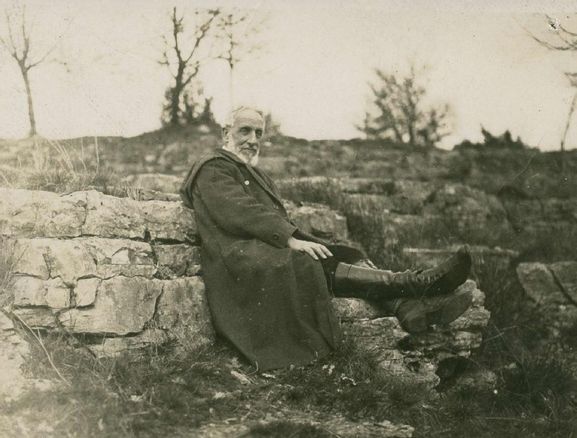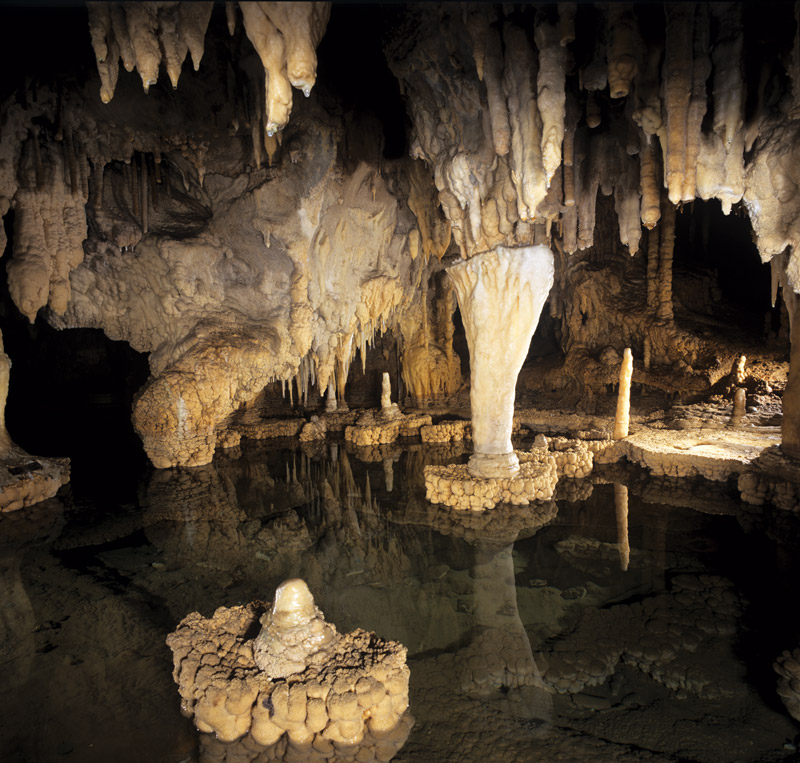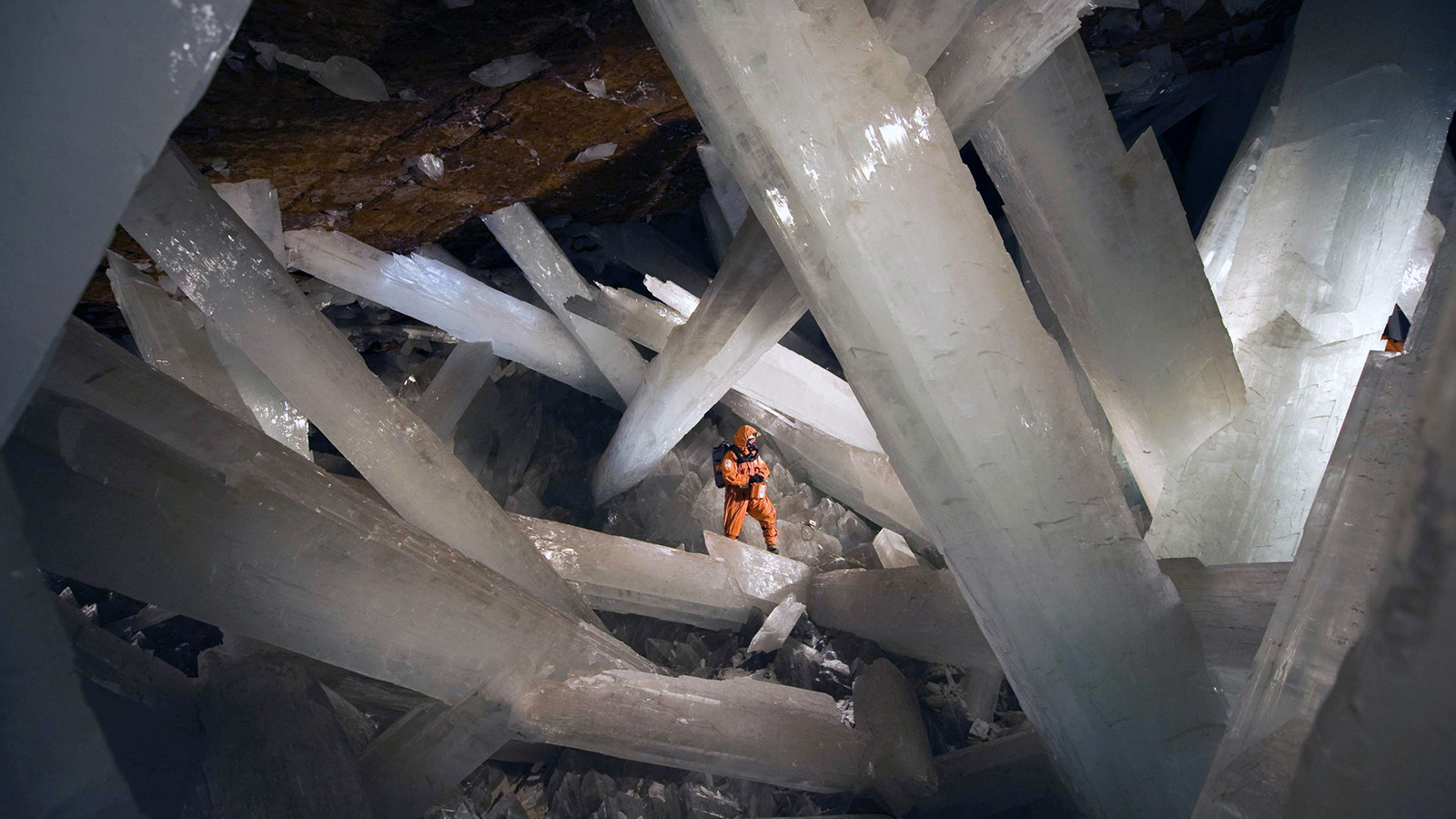By Timoleon Palaiologos,
Throughout my experience with museums and archaeological, historical, environmental sites, et cetera, I have come to the realization that the least widespread, or anyway one of the least, type of museum-site lies in the field of cave study. While the small number of visitable caves would, in other circumstances, be an encouraging factor for the public to visit and enjoy the unique environment of a cave, that generally does not seem to be the case. The scientific field of speleology, which is basically the study of the environment of a cave, is a relatively new field compared to geology or archaeology, and the development of caves as tourist attractions is even newer.
How speleology began
Speleology did not always exist as a separate scientific field, but it was rather considered a subdivision of other sciences such as archaeology or geology. Even the name speleology did not exist early on in the study and documentation of caves. The man that completely altered the landscape was French pioneer of cave exploration, Édouard-Alfred Martel. He was the first speleologist, with the modern use of the word, exploring and documenting thousands of caves —mainly but not exclusively— in his homeland France. He is the person that distinguished cave exploration (aka Speleology) into a completely separate and independent scientific field for the first time in history. In 1895, he founded the Société de Spéléologie (Society of Speleology) in France, the first speleological organization in the world drawing much international attention and greatly contributing to the development of the field. For his contribution in the field of cave exploration, he is now regarded as “the father of modern speleology”.

Generally speaking, caves can be categorized into four main types, based on the creation process of the caves. The solution caves, which are formed in carbonate and sulfate rocks as the result of the slow movement of ground water, that dissolves the rock surface to form tunnels; lava caves, which are formed when the outer layer of lava cools in a faster rate, resulting in the drainage of the internal magma through the created tube; sea caves, which are formed due to waves constantly hitting and altering the surface of the rocks; and glacier caves, which are created as a result of melting water that digs tunnels through ice. The majority of the caves worldwide, as well as some of the biggest caves, are solution caves. Within these caves, the visitor can observe the creation of stalactites and stalagmites, as the process that takes thousands of years for them to form is evident all around the caves in different stages.
The stalactites occur in limestone caves and are the result of the deposition of calcium carbonate dripping with water from the ceiling of the cave. The tubes that form internally in the stalactites help the water reach the peak of the stalactite and then begin to harden overtime, resulting in the expansion of the stalactite. The water that does not remain on the stalactite and falls off overtime creates a speleothem that rises from the ground, typically opposite to the stalactites, known as stalagmite. Just like the stalactites, the stalagmites are created because of the accumulation of calcium carbonate and water in a certain area that slowly begins to expand in height with direction to the ceiling. When the stalactite and stalagmite, after a process of thousands of years, connect with each other, then we have the creation of a column, as it is called.

The concept of caves on its own seems pretty extraordinary. The existence of such a pure and old place on this planet that hasn’t, for the most part, been altered by human activity is an encouraging motive for one to visit a cave. As a traveler, I would definitely recommend visiting such places when one has that opportunity.
References
- W. E. Davies, I. M. Morgan, Geology of Caves, U.S. Department of the Interior / U.S. Geological Survey, 1991, Available here
- Speleology, Britannica, Available here
- Édouard-Alfred Martel, showcaves, Available here
- Stalactite and Stalagmite, Britannica, Available here




